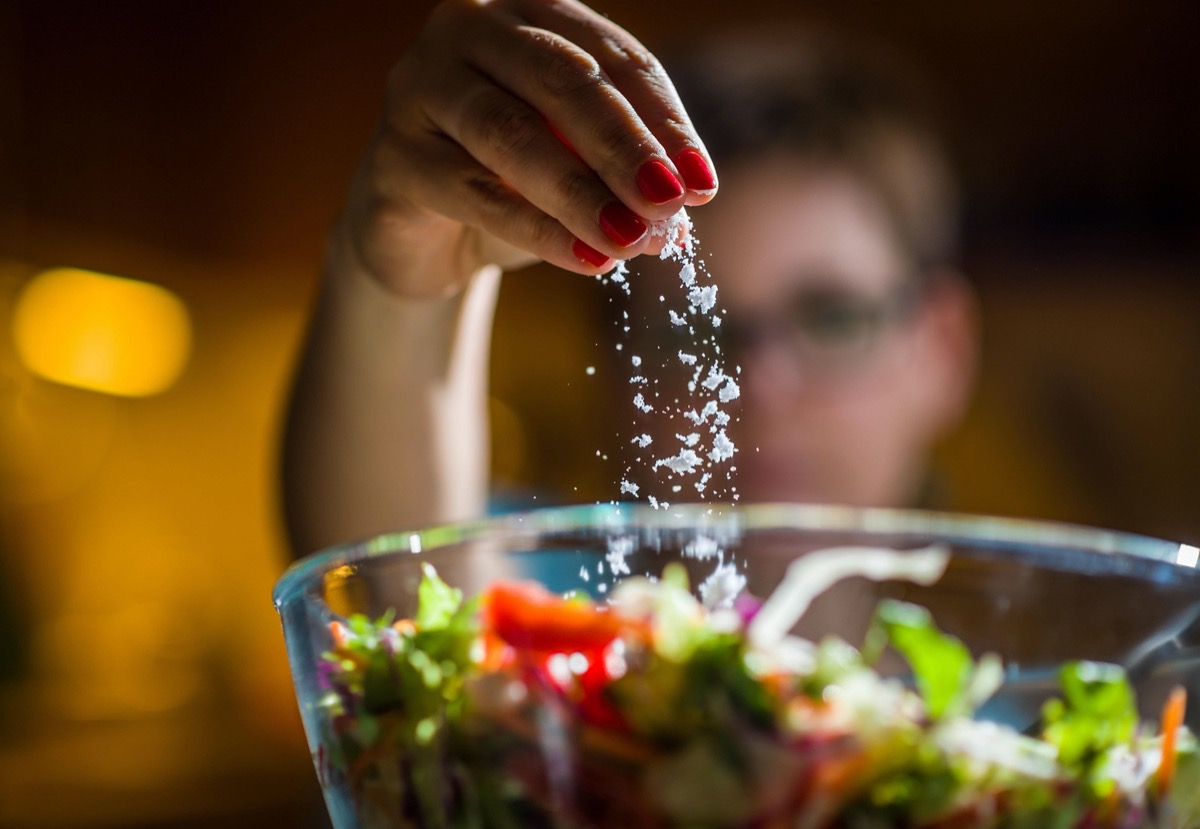Even if you don’t add salt to your foods you will have enogh of it with your everyday meals We have to help save ourselves in reducing consump
Even if you don’t add salt to your foods you will have enogh of it with your everyday meals
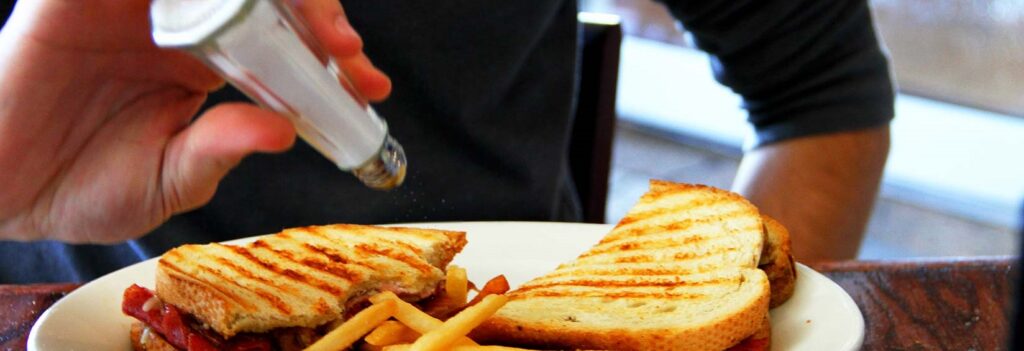
We have to help save ourselves in reducing consumption, warns FDA
Gto News brings this pieces by CNN considering it is of vital importance for our well being in this lockdown and pandemic, all credit to Sandee LaMotte and CNN
“I never add salt to my food at home or in restaurants”, says Sandee LaMotte. “Nor do I add salt to any recipe while I’m cooking. I’m well aware of the link between salt, high blood pressure and heart disease, which is the leading killer of American men and women”, she says in her story for CNN.
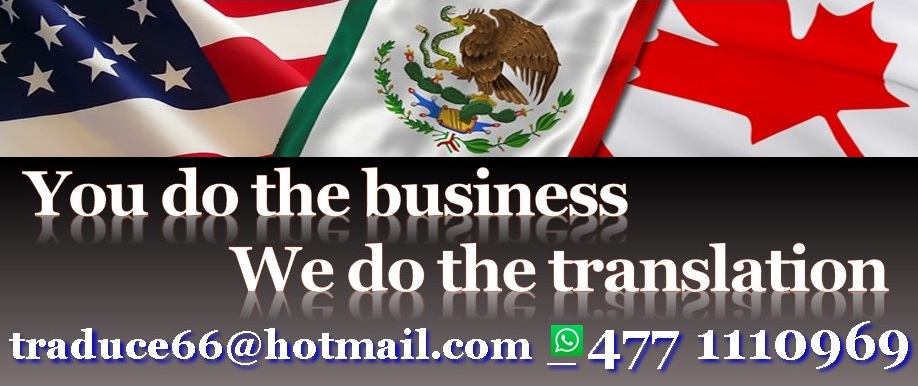
Salt everywhere
“I am still getting over the recommended daily limit of 2,300 milligrams of sodium by eating out or by adding processed or prepared ingredients to the meals I make”, says LaMotte.
“I’ve found salad dressings where a single serving (2 tablespoons) had over 23% of one’s daily value in sodium,” said Dr. Stephen Juraschek, an assistant professor at Harvard Medical School who researches sodium and hypertension.
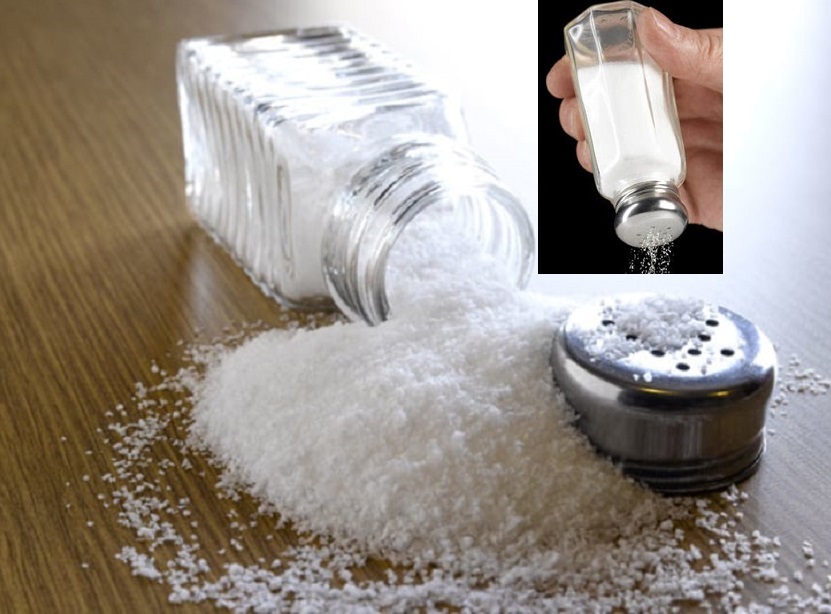
It is already in prepared foods
“Most of my patients do not add salt at the dinner table, but don’t realize that bread rolls, canned vegetables and chicken breasts are among the worst culprits in the US,” he said to CNN.
Hidden sources of sodium are everywhere in our diets, said Dr. Janet Woodcock, acting commissioner of the US Food and Drug Administration, in a media briefing.

It is so cumulative
“Who would think bread? And yet bread is one of the highest sources of sodium that people are getting,” Woodcock said. “The problem it’s so cumulative: the tomato sauce, the peas, the bread, the salad dressing. Your whole meal has hidden salt in it.”
More than 70% of the sodium Americans eat comes from what has been added by the food industry to products later purchased in stores or restaurants, according to the FDA.

Less salt
Woodcock and her team at the FDA announced they want to help people manage their salt intake by asking the food industry to voluntarily reduce sodium levels in 163 categories of the most consumed processed, packaged and prepared foods, reports CNN.
“The targets seek to decrease average sodium intake from approximately 3,400 milligrams (mg) to 3,000 mg per day, about a 12% reduction, over the next 2.5 years,” said the FDA in s statement where they announced the final guidelines.
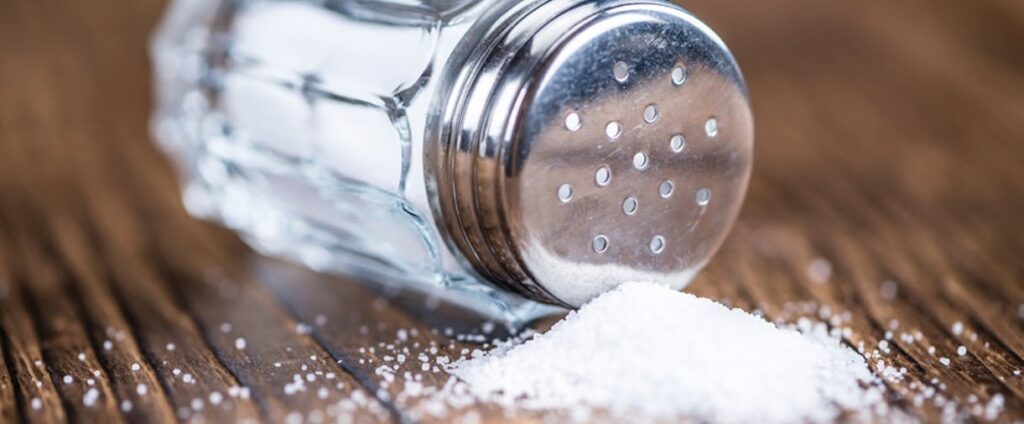
The daily limit
Five years ago the agency issued draft guidance that set a much lower level: 2,300 milligrams, about 1 teaspoon of table salt. That’s the recommended daily limit set by federal nutritional guidelines and the American Heart Association (people at high risk of hypertension should aim for 1,500 milligrams).
“Lowering sodium further to 2,300 mg could prevent an estimated 450,000 cases of cardiovascular disease, gain 2 million quality-adjusted life years and save approximately $40 billion in health-care costs over a 20-year period,” declared AHA in a statement, reports CNN.

Will it work?
Experts who spoke to CNN were skeptical.
“The first issue is that this is voluntary. Food companies don’t have to pay any attention to it at all,” said nutrition researcher Marion Nestle, who has authored numerous books on food politics and marketing, including 2019’s “Unsavory Truth: How Food Companies Skew the Science of What We Eat.”
“It’s not clear voluntary recommendations have been helpful,” Juraschek said, pointing to a study he conducted showing American consumption of salty foods has increased despite the 2016 FDA call to action for food manufacturers to reduce sodium levels, reports CNN.
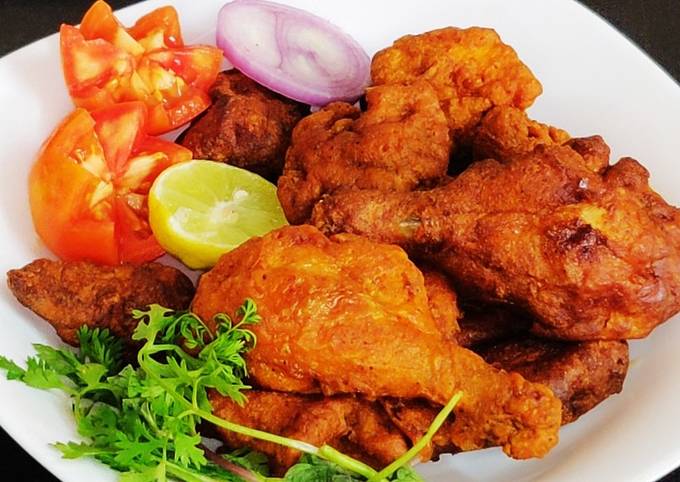
Consumers are involved
Woodcock said industry action would be monitored over the next few years, and if needed, additional action might be taken by the agency. That’s an important follow-up action, former CDC Director Dr. Tom Frieden told CNN in an email.
“Today’s new guidance from the FDA is an important first step,” said Frieden, who is president and CEO of Resolve to Save Lives, an initiative of Vital Strategies.

Other actions
“But a first step is just that, a first step. It will be essential that the FDA track industry adherence to these voluntary guidelines, and, if industry fails to take even these modest steps to reduce sodium, then mandatory warning labels and other actions will be necessary,” Frieden wrote.
“We’re really relying on the public to ask for these (low-sodium foods) and be positive about them because that will help drive us toward a healthier food supply,” said Susan Mayne, who directs the FDA’s Center for Food Safety and Applied Nutrition, reported CNN.

Good news
The good news is that it doesn’t really take that long, just a few weeks, for a person’s taste buds to adapt to eating less salt, Juraschek said.
One way to do so is to adopt the DASH diet, which stands for Dietary Approaches to Stop Hypertension. It’s been shown in studies to reduce high blood pressure, even in people with resistant hypertension (high blood pressure that cannot be controlled despite the use of three different medications), reports CNN.
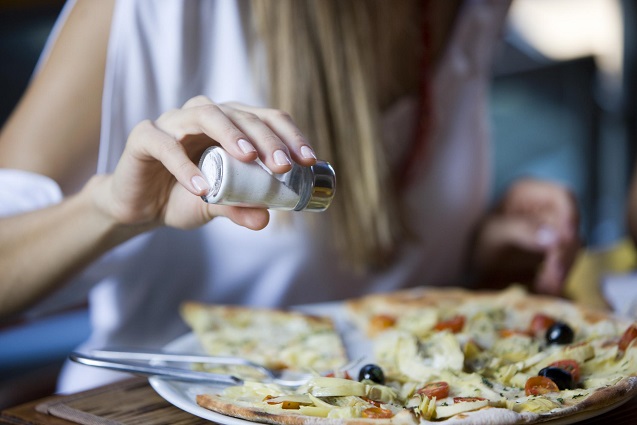
The DASH meal plan includes:
- Four to six servings of vegetables
- Another four to six servings of fruit
- Three servings of whole-grain products
- Two to four servings of fat-free or low-fat dairy products; and
- Several servings each of lean meats and nuts, seeds and legumes each day
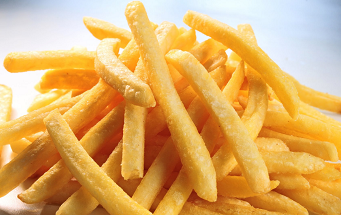
Some more tips to reduce salt in your diet:
- Review nutrition labels. Besides salt, the label could use terms such as monosodium glutamate (MSG, common in Chinese food), sodium citrate, sodium alginate and sodium phosphate.
- Become familiar with common sources. The foods with the highest levels of salt include breads and rolls, pizza, sandwiches, cold cuts and cured meats, soups. burritos and tacos, savory snacks such as chips, popcorn and crackers, chicken, cheese, and omelets.
- Stop using the salt shaker. Not much else to say.
- Try spicing without salt. “This strategy has been demonstrated to reduce sodium intake,” Juraschek said.
- Ask for nutrition facts at restaurants and try to avoid entrees with excess sodium.
- Avoid eating out and consume more minimally processed foods at home by eating more fresh and flash-frozen fruits and vegetables.
- Remember, a daily goal for adults is only 1 teaspoon of salt or 2,300 milligrams. For children younger than 14, it’s even less, 1,500 to 1,900 milligrams a day, or about one-third of a teaspoon.


